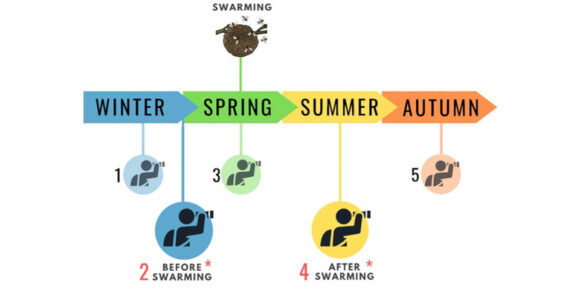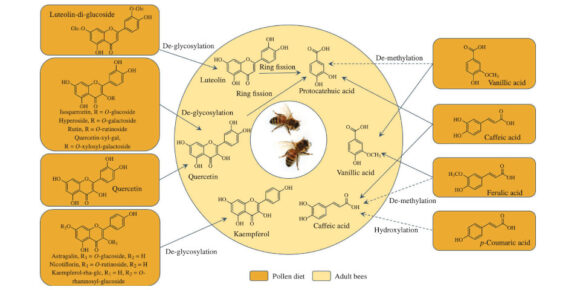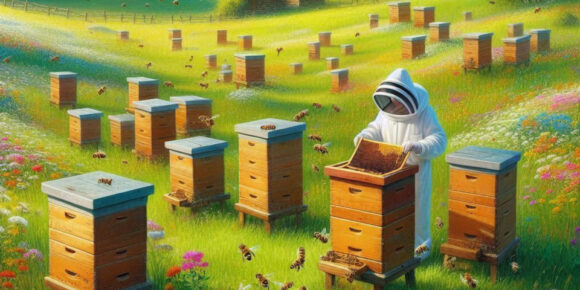A Protocol for Monitoring Populations of Free-Living Western Honey Bees in Temperate Regions
Despite their ecological significance, wild Apis mellifera populations remain critically understudied. Addressing this research gap requires the study and monitoring of free-living colonies to identify potential self-sustaining populations. However, a lack of standardized methodologies has hindered these efforts. To address this challenge, Honey Bee Watch, an international coalition dedicated to studying free-living honey bees, has developed a…








